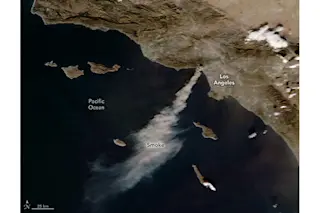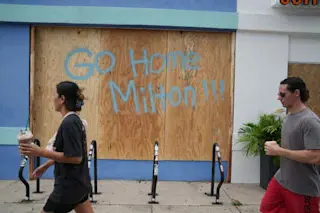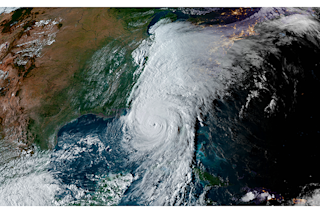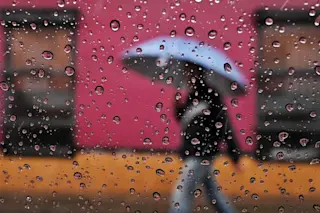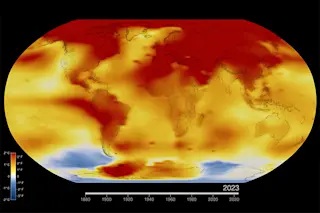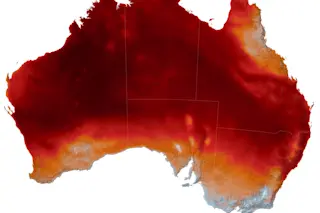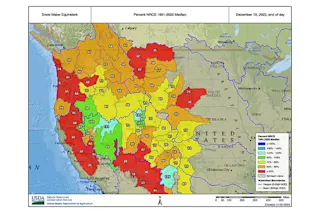Ice chokes the waters around New York City and Long Island, as seen in this Landsat 8 image acquired on Feb. 24, 2014. The annotated areas correspond to images below. (Source: NASA Earth Observatory) The Arctic invasion that has gripped so much of the United States for so long has turned the waters in and around New York City into something resembling the winter shores of Qaanaaq, Greenland. Well, I guess that's an exaggeration. But when I went to NASA's Earth Observatory today and saw satellite images of the ice choked waters around Gotham, the first thing that came to my mind was the floating sea ice off Greenland. As the Earth Observatory observes, "Baby It's Cold Outside":
The eastern half of the United States has been trapped in a deep freeze for most of February 2015. Hundreds (maybe thousands) of records have been set for daily low temperatures, and ...



